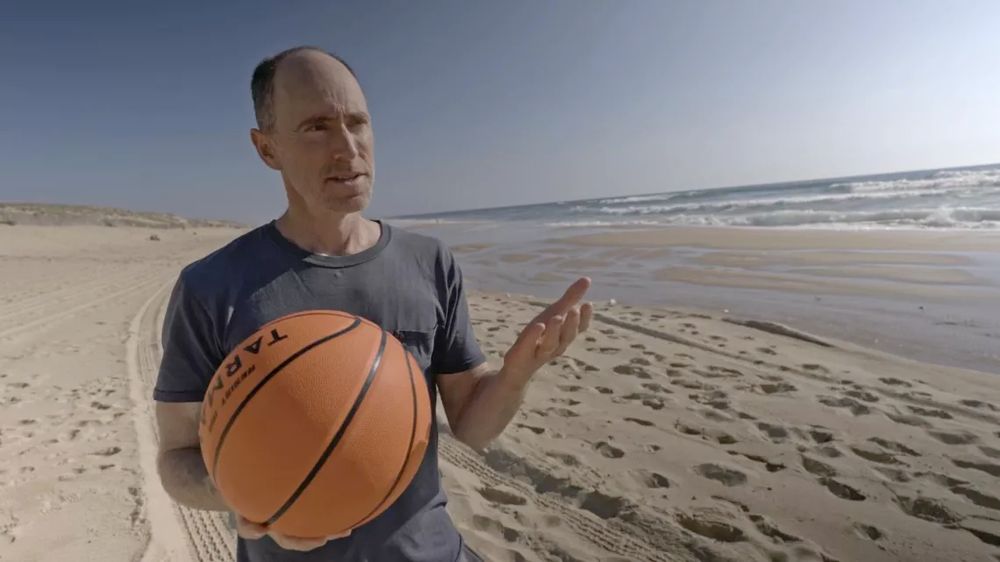
My favorite was the "making a comet" demo with dry ice, or maybe going to check out the Vera Rubin telescope in Chile.

My favorite was the "making a comet" demo with dry ice, or maybe going to check out the Vera Rubin telescope in Chile.
It has 400 rocky planets in the habitable zone of a single Sun-like star
It's perfectly stable (I simulated it out to about a billion years)
planetplanet.net/2017/05/03/t...
It has 400 rocky planets in the habitable zone of a single Sun-like star
It's perfectly stable (I simulated it out to about a billion years)
planetplanet.net/2017/05/03/t...
They are stable indefinitely, from an orbital point of view.
Could they actually form and exist?
planetplanet.net/2025/09/02/e...
They are stable indefinitely, from an orbital point of view.
Could they actually form and exist?
planetplanet.net/2025/09/02/e...
(Photo from the top of Vulcano in Sicily)

(Photo from the top of Vulcano in Sicily)
They sculpted this system that humans call home
The gas giants roared, the system unstable
An ice giant planet fell right off the table!
A whole ring of comets was launched to the stars
The planets — bombarded — still bear the scars.
They sculpted this system that humans call home
The gas giants roared, the system unstable
An ice giant planet fell right off the table!
A whole ring of comets was launched to the stars
The planets — bombarded — still bear the scars.
It reminds me of amazing balancing rock piles. Although co-orbital rings of planets are much more stable, because they can survive perturbations, at least up to a point.

It reminds me of amazing balancing rock piles. Although co-orbital rings of planets are much more stable, because they can survive perturbations, at least up to a point.
This setup -- with 42 planets (each the same mass as Earth) sharing an orbit that is the same average distance as Earth (1 au) but super-eccentric -- is stable for at least 5 million years. (I'm running it out to a billion years to test)
This setup -- with 42 planets (each the same mass as Earth) sharing an orbit that is the same average distance as Earth (1 au) but super-eccentric -- is stable for at least 5 million years. (I'm running it out to a billion years to test)
planetplanet.net/2025/05/27/e...
3/
planetplanet.net/2025/05/27/e...
3/
I didn't think this would be stable, but it is! (Planets are 1 Earth-mass each)
I didn't think this would be stable, but it is! (Planets are 1 Earth-mass each)
(Here's one example from the paper)

(Here's one example from the paper)



(also, happy new year!)

(also, happy new year!)
Earth implanted into the Oort cloud
An instability that left just one planet standing
A system with all planets lost.



Earth implanted into the Oort cloud
An instability that left just one planet standing
A system with all planets lost.
In the second, the ice giants are lost
In the third, the giant planets are perturbed, then that perturbation is transmitted to the terrestrials, leading to Mercury hitting the Sun and a Mars-Venus collision



In the second, the ice giants are lost
In the third, the giant planets are perturbed, then that perturbation is transmitted to the terrestrials, leading to Mercury hitting the Sun and a Mars-Venus collision
We started with the present-day Solar System, then zoomed a star past the Sun, to see how the planets’ orbits responded over the next 20 million years. We did this 12,000 times.

We started with the present-day Solar System, then zoomed a star past the Sun, to see how the planets’ orbits responded over the next 20 million years. We did this 12,000 times.
As the Sun orbits within the Galaxy, stars fly by. There is a 1% chance that a star will pass within 100 au (1 au = Earth-Sun distance) of the Sun in any billion year period. That's close enough to affect the planets’ orbits

As the Sun orbits within the Galaxy, stars fly by. There is a 1% chance that a star will pass within 100 au (1 au = Earth-Sun distance) of the Sun in any billion year period. That's close enough to affect the planets’ orbits
Earth will exit the habitable zone. Runaway greenhouse. No more liquid water (or beer).

Earth will exit the habitable zone. Runaway greenhouse. No more liquid water (or beer).
Here's a teaser in gif form

Here's a teaser in gif form

